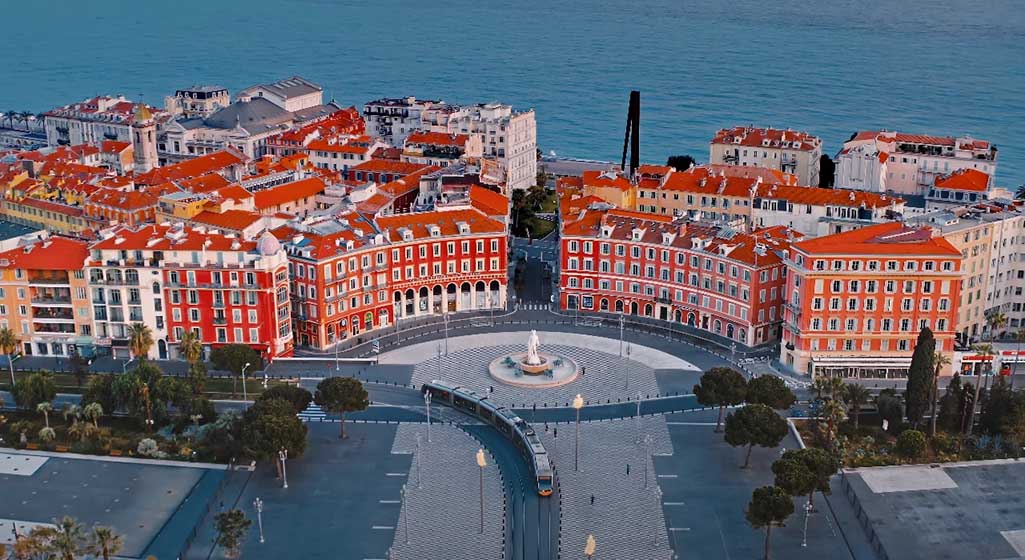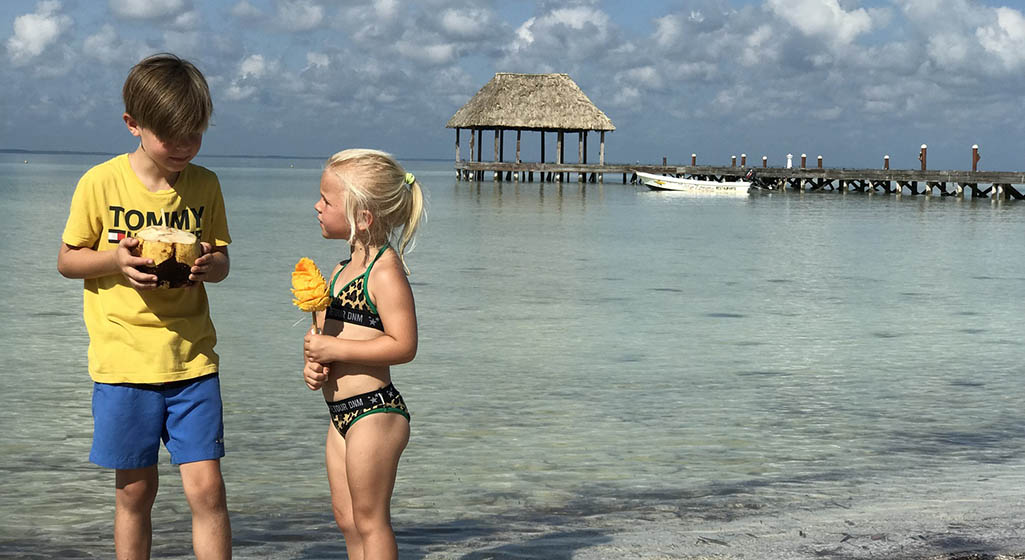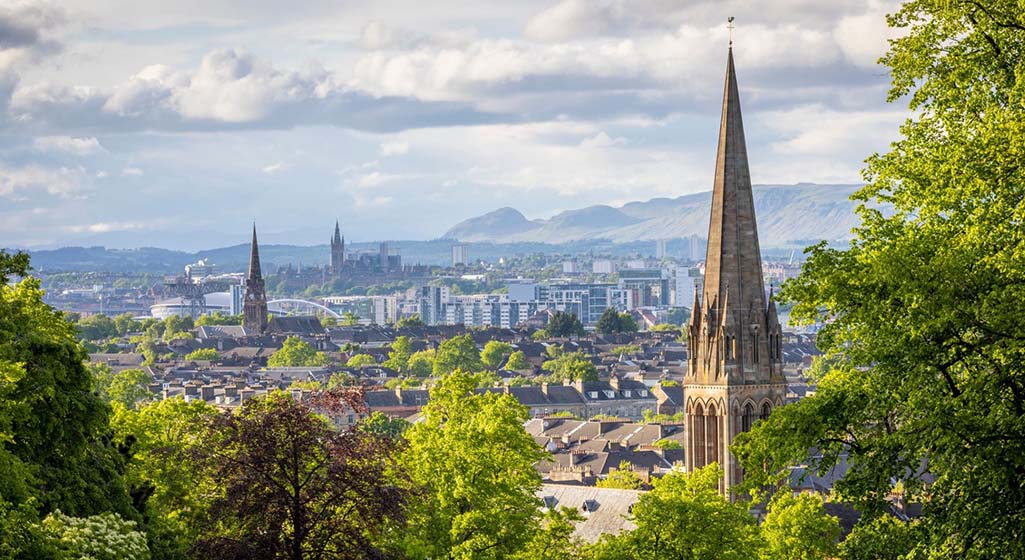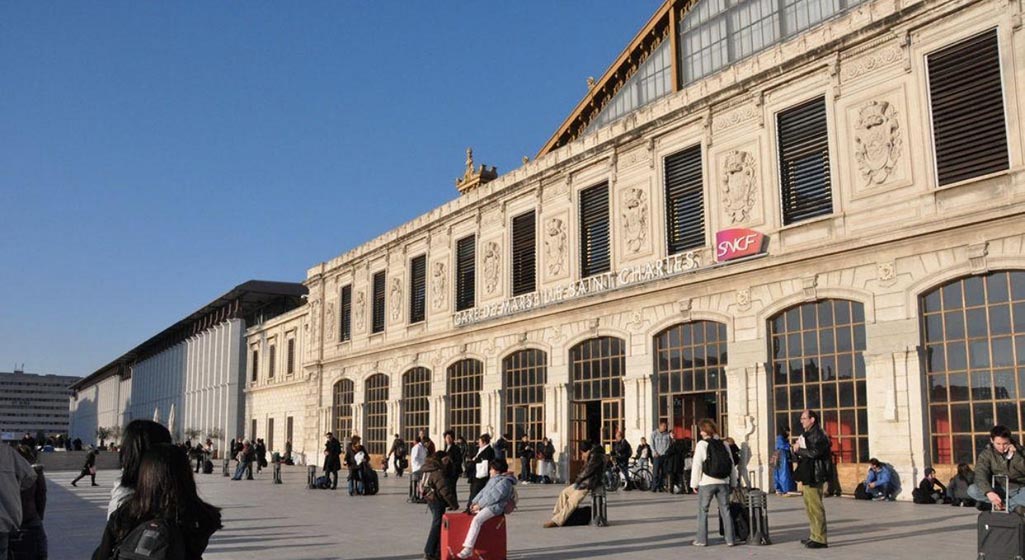Nice, a charming city located on the French Riviera in the south of France, attracts visitors from all over the world with its romantic seaside views, rich cultural heritage, and leisurely Mediterranean atmosphere. Whether you’re a first-time visitor or a returning traveler, knowing a few practical tips will help you make your trip smoother, more comfortable, and enjoyable.
1. Know the Best Travel Season in Nice
When planning a trip to Nice, the first thing to consider is the seasonality of travel. Nice enjoys a Mediterranean climate, with sunny summers and mild winters. However, different seasons offer completely different experiences for travelers.
- Spring (March – May): Spring is one of the best times to visit Nice. The weather is pleasant, and there are fewer tourists, making it ideal for leisurely walks along the seafront promenade and the streets of the city. During this time, the flowers in Nice bloom, filling the streets with fragrance—perfect for photography and relaxed travel.
- Summer (June – August): Summer is the peak tourist season in Nice, with high temperatures often exceeding 30°C (86°F). The beaches are crowded, and the city is filled with energy, as numerous cultural events and festivals take place. If you enjoy vibrant atmospheres and diverse entertainment, summer is the best time to visit. However, be aware that this is also the most expensive time for hotels and flights.
- Autumn (September – November): The weather in autumn is mild, and the crowds start to thin out. In September and October, the temperature is still warm, making it an ideal time to stroll along the beach or engage in outdoor activities, without the summer crowds.
- Winter (December – February): Although the temperatures are cooler, Nice’s winter is much milder compared to northern Europe. Daytime temperatures typically range between 10°C (50°F) and 15°C (59°F). Winter in Nice is quieter, making it an ideal time for those who wish to avoid the crowds and enjoy a more peaceful atmosphere.
Summary: Spring and autumn are the best times to visit Nice, as you can avoid the crowds and enjoy pleasant weather.
2. Make Use of the Public Transportation System
Nice boasts a highly efficient and well-connected public transportation network that makes getting around the city quick, affordable, and stress-free. Whether you’re traveling within the city or to nearby attractions, taking advantage of these options will not only save you time but also enhance your overall travel experience. Here’s a detailed look at the best ways to navigate Nice using public transport.
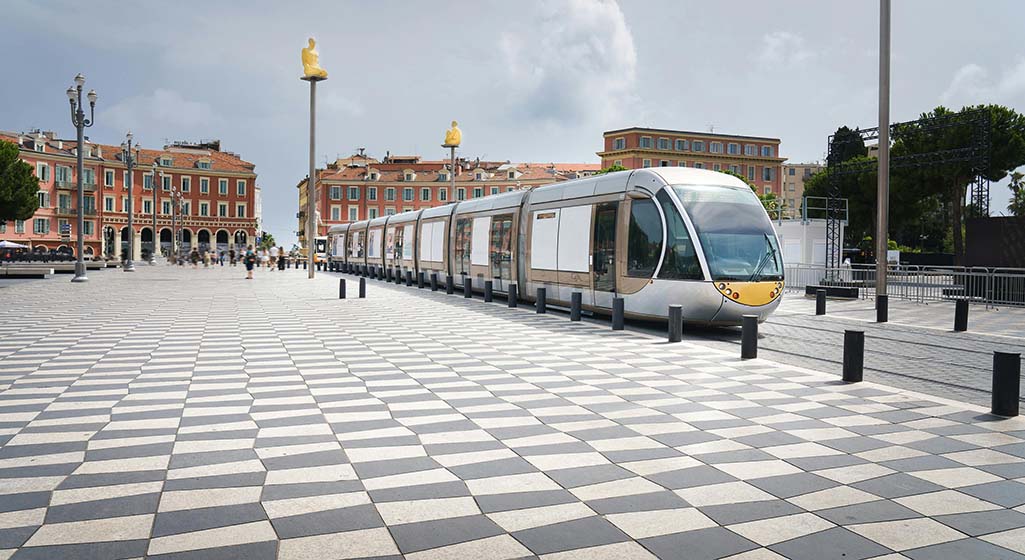
- Tram: The tram system in Nice is a convenient and affordable option for both locals and tourists. The network consists of several lines that connect major destinations within the city, including the airport, the city center, and key tourist attractions. The most important line is T1, which runs from the airport through the city center, stopping at popular locations like Place Masséna (the central square), Promenade des Anglais (the iconic seafront promenade), and Vieux Nice (the old town). The trams are punctual and clean, providing a comfortable way to explore the city without the hassle of parking or traffic. Additionally, the T2 line is useful for reaching the Port of Nice and other areas on the eastern side of the city.
- Public Buses: Nice’s bus system complements the tram network, covering a wider range of destinations both inside the city and in the surrounding areas. The buses are a great choice if you’re planning to visit attractions outside the city center, such as the glamorous Monte Carlo in Monaco or the nearby hilltop village of Eze. The buses are well-maintained, affordable, and equipped with multilingual signs, making them accessible for international travelers. Tickets can be purchased from the driver or via mobile apps, and a variety of passes are available for those staying longer or traveling frequently. The extensive network of bus routes allows you to reach places that trams may not cover, making them a practical and scenic way to explore the outskirts of Nice and the picturesque French Riviera.
- Renting Bicycles or Electric Scooters: Nice is an incredibly bike-friendly city, with its flat terrain and beautiful coastal roads making it perfect for cycling. The Vélobleu public bike-sharing system allows you to easily rent bicycles or electric scooters from docking stations throughout the city. This is an excellent way to move around and explore at your own pace, especially along the famous Promenade des Anglais, where you can enjoy the stunning views of the Mediterranean Sea. The electric scooters provide an even more convenient option for covering longer distances with minimal effort. Renting a bike or scooter gives you the flexibility to stop wherever you like, whether it’s for a quick photo op at Castle Hill or a refreshing break by the beach. Additionally, the system is affordable, and the bikes are available 24/7, making it a great option for both short and extended trips. With its pleasant climate and picturesque scenery, cycling or scooting is an enjoyable and environmentally friendly way to discover Nice.
3. Explore Nice’s Culinary Culture
Nice not only attracts tourists for its beautiful scenery and rich history, but also for its unique culinary culture. Whether you enjoy traditional French cuisine or want to try some local specialties, Nice offers a variety of delicious dishes worth trying.
- Mediterranean Flavors: The cuisine in Nice is heavily influenced by Mediterranean culture, with seafood being a key highlight. At seaside restaurants, you can enjoy fresh fish like sea bass, sea snails, mussels, and shellfish, as well as various Mediterranean-style dishes made with olive oil and herbs. A seafood platter is a must-try for seafood lovers.
- Salade Niçoise: This dish is one of the most iconic traditional dishes of Nice, consisting of boiled potatoes, green beans, eggs, olives, tuna, and tomatoes. It is fresh, nutritious, and commonly found on menus in many restaurants across the city.
- Local Snacks: For a more authentic taste of Nice, try Socca, a thin pancake made from chickpea flour and olive oil. It’s a popular street snack with a crispy texture and unique flavor.
- Desserts: Nice is also known for its delicious desserts. Tarte Tropézienne (a cake from Saint-Tropez) and Pan Bagnat (a type of sandwich) are both favorites among tourists.
4. Must-Visit Attractions and Cultural Activities
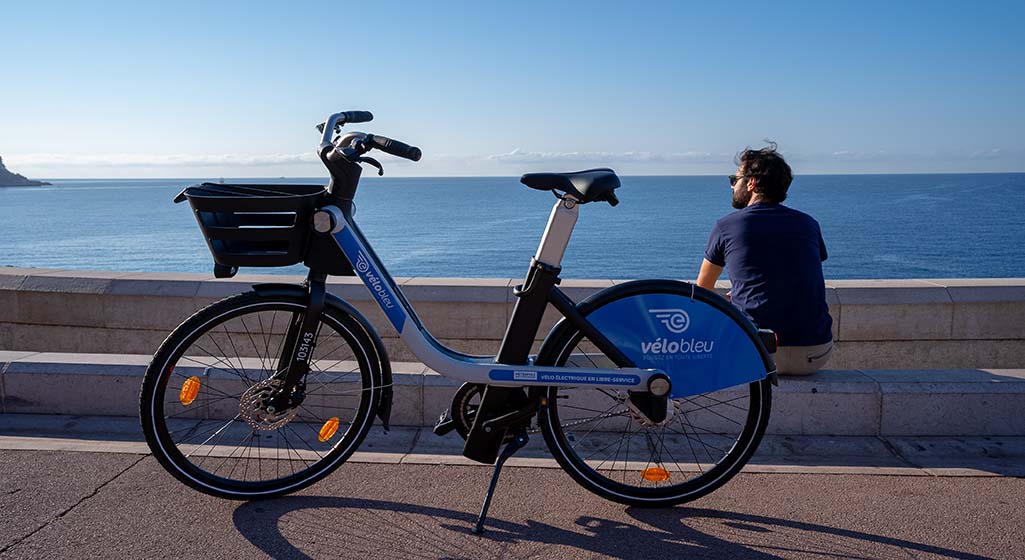
Nice is not only a beautiful resort city but also a place full of history and cultural heritage. Here are some must-see attractions and cultural activities:
- Old Town (Vieux Nice): The Old Town of Nice is the best place to experience local life and culture. The narrow, winding streets are lined with colorful buildings and unique markets. You’ll find many small shops, cafes, and restaurants, offering a chance to taste the local cuisine and soak in the atmosphere.
- Castle Hill (Colline du Château): This ancient hill offers the best panoramic views of Nice and the coastline. It’s the perfect spot to take stunning photos of the city and its surroundings.
- Musée Matisse (Matisse Museum): This museum houses many works by the famous French artist Henri Matisse and is a must-visit for art enthusiasts. The museum itself is located in a beautiful villa, surrounded by peaceful gardens, making it an ideal place to appreciate art and enjoy the tranquility.
5. How to Deal with the Hot Weather in Nice
The summer months in Nice can be quite hot, so it’s important to take precautions to stay comfortable and healthy. Here are some practical tips to deal with the heat:
- Stay Hydrated: During the intense summer heat, especially in the peak months of July and August, temperatures in Nice can exceed 35°C (95°F), which can quickly lead to dehydration. It’s crucial to drink plenty of water throughout the day, especially when you’re out exploring the city. Carry a refillable water bottle with you, and take regular sips to keep hydrated. You can also opt for drinks with electrolytes to replenish lost minerals. Avoid consuming too much alcohol or caffeine, as these can lead to dehydration.
- Wear Appropriate Clothing: Lightweight, loose-fitting, and breathable fabrics such as cotton or linen are your best options during hot weather. These materials allow air to circulate, helping to keep your body cool and prevent overheating. Avoid wearing dark colors, as they absorb more heat, and opt for light-colored clothes instead. In addition, protecting yourself from direct sunlight is key. Wear a wide-brimmed hat or a cap to shield your face, and don’t forget to apply sunscreen with a high SPF to protect your skin from harmful UV rays.
- Avoid the Midday Heat: The midday sun in Nice can be especially intense, so it’s best to avoid being outdoors during the hottest part of the day, which is typically between 12 PM and 3 PM. This is when the sun is at its peak intensity, and the risk of sunburn or heatstroke is higher. Instead, use this time to relax indoors, enjoy a leisurely lunch in an air-conditioned restaurant, or visit a museum or art gallery.
By following these practical tips, you’ll be able to better plan and enjoy your trip to Nice. Whether it’s choosing the best travel season, utilizing public transport, sampling local cuisine, exploring cultural landmarks, or managing the hot weather, these tips will help you navigate the challenges of travel and ensure that your experience in this beautiful city is unforgettable.
